Beyond Borders: The GBU-15 Glide Weapon's Reach
By Prajesh Majumdar
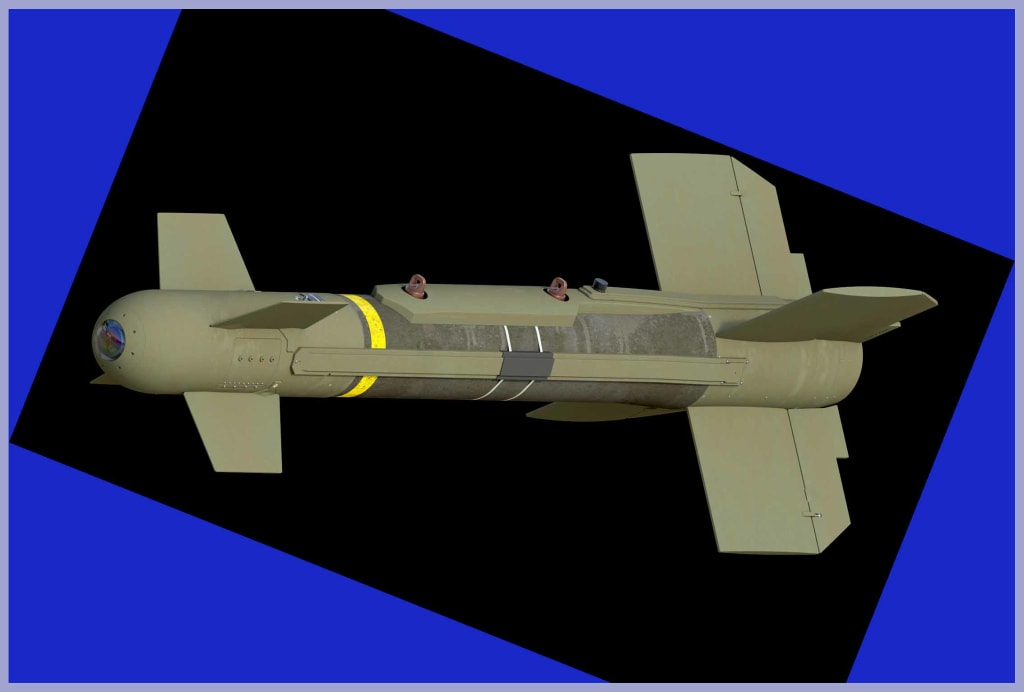
A weapon system primarily developed for precision strike missions in the military, let's Discover the Best of the Unpowered Glide Weapon GBU-15. This munition comprises a guidance and control section, a bomb body, and wings. Typically launched from aircraft such as fighter jets or bombers, it relies on its aerodynamic design to glide toward its target. The GBU-15 is renowned for its accuracy and versatility in engaging stationary and mobile targets. Its guidance system includes infrared and laser seekers, enabling it to track and hone in on designated areas with high precision for the destruction of high-value enemy targets.

Designed and created by Rockwell International, the Guided Bomb Unit 15 (GBU-15) boasts impressive stand-off capabilities for precision targeting while minimizing the risk to the aircraft launching it from outside heavily fortified enemy territories. This weapon is capable of carrying a 2,000 lb warhead, which can include high-explosive or penetrating components, making it highly adaptable for a range of mission requirements.
Notable for its use with high-altitude bombers like the B-52, it effectively engages long-range maritime anti-ship capabilities. The GBU-15 has enjoyed extensive use by the U.S. military and continues to demonstrate its effectiveness in modern warfare scenarios, including those in 2023 and beyond.

Development of the GBU-15 Glide Bomb
Early Development: The project aimed to enhance the accuracy and effectiveness of munitions while reducing the risk to pilots and aircraft. The GBU-15 development commenced in 1974 at the Air Force Development Test Center in Eglin Air Force Base, Florida. Initially, the Air Force requested missile designations AGM-112A and AGM-112B for two different versions of the system. However, due to the weapon's unpowered glide bomb nature, the proposal was declined, and the GBU designation was assigned instead. The primary objective was to create a precision-guided bomb capable of accurately targeting stationary high-value assets.
Flight testing for the weapon began in 1975. In November 1983, the GBU-15 with television guidance successfully completed full-scale operational testing and evaluation. Subsequently, in February 1985, the initial operational test and evaluation for the imaging infrared-guided seeker were concluded.
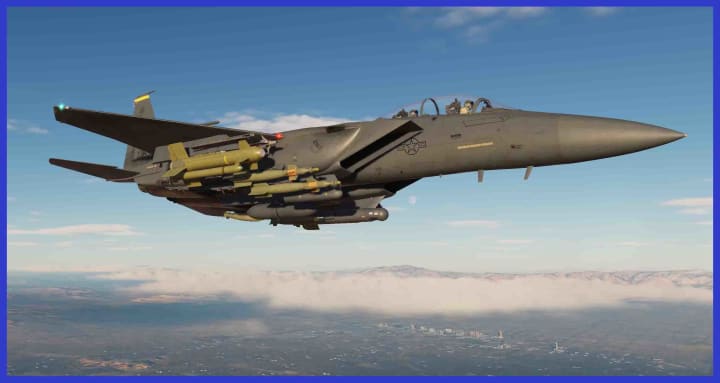
Program Management and Deployment: In December 1987, program management responsibility for the GBU-15 weapon system shifted from the Air Force Systems Command to the Air Force Logistics Command. These two commands subsequently merged, forming the Air Force Materiel Command in 1992. The Precision Strike Program Office at Eglin AFB assumed the role of the single manager for the GBU-15, while the Air Logistics Center at Hill Air Force Base, Utah, provided sustainment support. Subsequently, the GBU-15 achieved operational status and saw deployment by the U.S. military, proving its effectiveness in various conflicts. It has served in the Gulf War, the Balkans, and various other modern warfare scenarios to sanitise ISIS hideouts.
Continued Improvements: Like many military technologies, the GBU-15's design and components have been updated and improved over the years to keep pace with advancements in guidance and materials technology. These updates have further enhanced its precision and effectiveness.
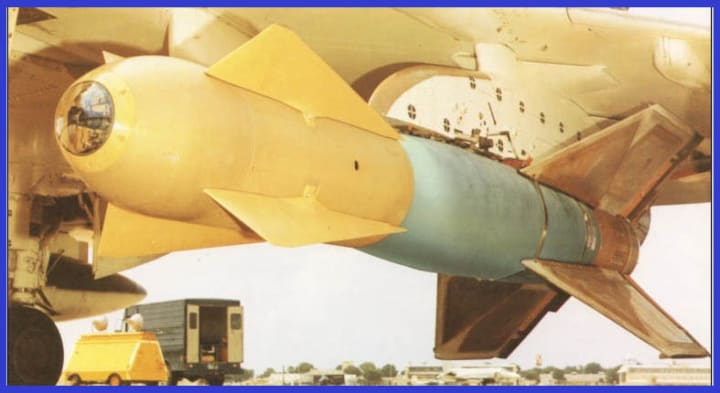
Design Analysis of the GBU-15
The GBU-15 is a precision-guided munition with a design tailored for high accuracy and versatility. Here is an analysis of its design:
Overall Structure: The system comprises five main components, a forward guidance section, a warhead adapter section, a control module, airfoil components, and a weapon data link. The guidance and control section is equipped with the necessary electronics and sensors for target acquisition and guidance. The bomb body serves as the housing for the warhead, while the wings ensure stability and control during the glide phase. This weapon is designed with modular components that can be affixed to either a general-purpose bomb or a penetrating warhead, offering versatility in its applications.
Guidance Systems: It features advanced guidance systems, commonly equipped with both infrared and laser seekers. Onboard computers process the seeker's data to make real-time adjustments to the weapon's flight path, ensuring precision strike capabilities. The guidance section is affixed to the nose of the weapon and includes either a television guidance system for daytime operations or an imaging infrared system for night or adverse weather missions. Additionally, a data link in the tail section transmits guidance updates to the control aircraft, allowing the weapon systems operator to remotely guide the bomb to its target.

Release Mechanism: The weapon is usually affixed to an aircraft's pylon and can be released when necessary. An external electrical conduit runs the length of the warhead, connecting it to the guidance adapter and control unit. This conduit facilitates the transmission of electrical signals between the guidance and control sections. The umbilical receptacle serves as the interface for passing guidance and control data between the cockpit control systems of the launching aircraft and the weapon just before launch.
Wings: The wings play a critical role in the weapon's design, providing lift and stability during the glide phase. When released from the aircraft, these wings enable the weapon to glide over long distances, thereby reducing the risk to the launching aircraft. The rear control section features four wings arranged in an "X"-like configuration, with trailing edge flap control surfaces for flight manoeuvring. Within the control module, the autopilot is responsible for collecting steering data from the guidance section and converting it into signals that adjust the wing control surfaces, altering the weapon's flight path. This glide capability significantly extends the weapon's reach and enhances its overall accuracy.
Integration: The GBU-15 is strategically engineered for compatibility with a diverse array of military aircraft, encompassing fighter jets like the F-15E, F-4 Phantom II, and F-111 Aardvark, as well as bombers such as the B-52 and B-1. This adaptability underscores its versatility as a crucial weapon within the arsenal of armed forces.
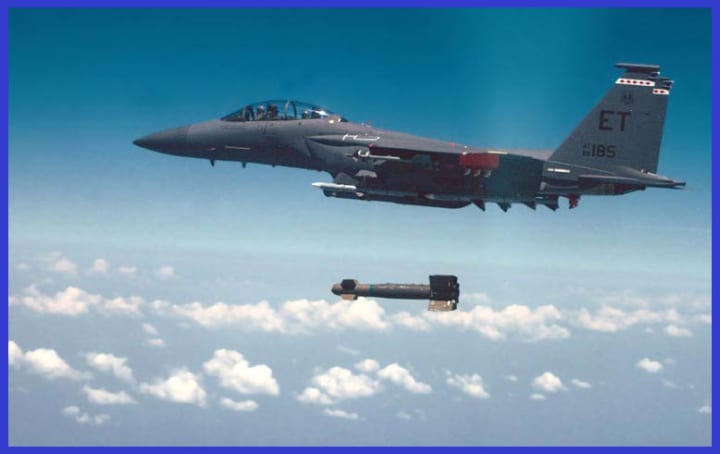
GBU-15 Variants
The United States Air Force is the exclusive operator of this weapon system. Since its inception, three variants have been introduced, including the GBU-15(V)1/B, GBU-15(V)21/B, and GBU-15(V)22/B. These variants have significantly enhanced the weapon's adaptability and effectiveness. As of 2023, the GBU-15 continues to play a pivotal role in the Air Force's arsenal, underscoring its enduring significance in modern warfare scenarios.
"Click here to read the complete article on AirPra"
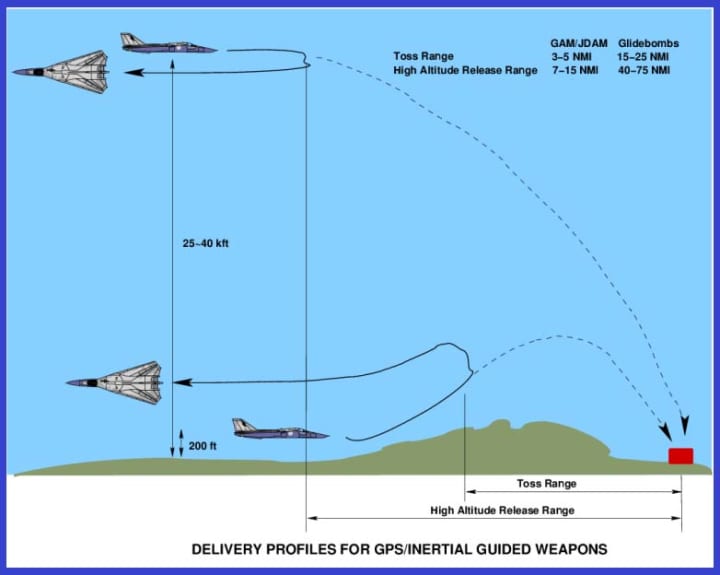
About the Creator
Prajesh Majumdar
Hi there, I'm Prajesh, the creator of airpra.com
The site is dedicated to nurturing a community of individuals with a keen interest in exploring the intricate aspects of defence equipment and related news.
Enjoyed the story? Support the Creator.
Subscribe for free to receive all their stories in your feed. You could also pledge your support or give them a one-off tip, letting them know you appreciate their work.






Comments
There are no comments for this story
Be the first to respond and start the conversation.